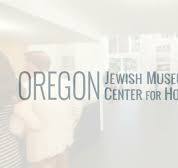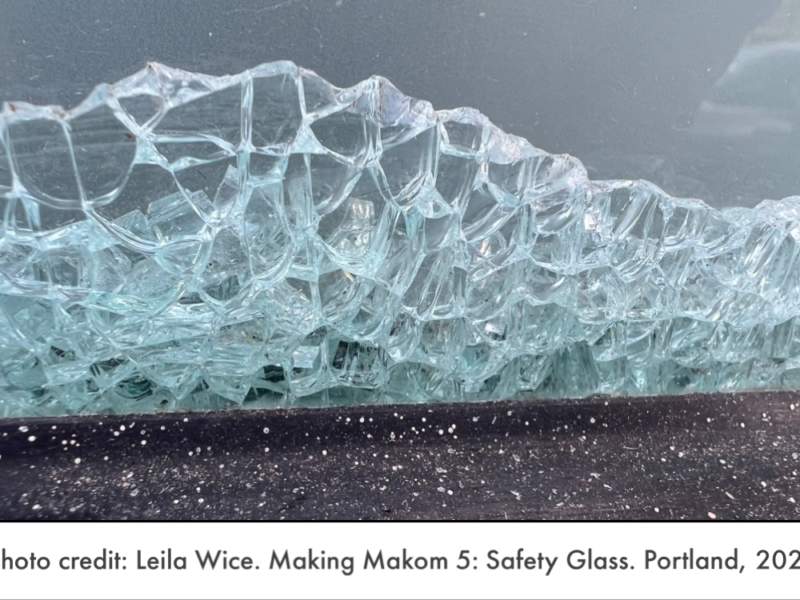The economic downturn has meant that many storefronts that used to say “art gallery” now say “for lease.” By almost any measure, these are challenging times for artists and galleries.
Holly Werner’s Fisher’s Flowers and Fine Art is a mixed-use gallery that is thriving in Roseburg. “As a stand-alone art gallery we would not be able to exist on art sales alone. I have paired my art gallery with my boutique flower shop, which is a perfect marriage of two completely different ways of displaying and selling art.”
“There’s no doubt that the economic environment has created a slump for artists and galleries,” Judy Howard agrees. Her Hanson Howard Gallery has been a fixture in Ashland for more than 30 years. While it still draws crowds for its First Friday events, she says more people are just browsing.
Howard believes they have an advantage because they deal with fine art and one-of-a-kind creations. She now features more mixed media and ceramic sculpture, as interest in that has grown. And most of her artists are reducing, or at least not raising, their prices.
Pricing for the times is a fact of life for every artist.
“Demand for my art used to mean I could gradually raise my prices each year,” says Portland artist David Kohnstamm who is well known for his unique paintings on salvaged windows. “No more. My pieces are now at 2007 prices.”
Peoples Art of Portland downtown focuses on being a safe place for artists of all ages, but owners Chris Haberman and Jason Brown certainly believe pricing is one key to making art accessible today. Some 2,000 people attended their one-day “Big 200” show in December that featured 275 artists, 10 pieces each, all priced under $40. More than 60% of the pieces sold.
“We are trying to nourish what Portland is doing. Portland is a working class town, and we are working class artists,” says Haberman.
There is other evidence that some are holding their own. Owner Martha Lee of Laura Russo Gallery in NW Portland says that the economy has changed how she does business, such as including a wider range of sizes and prices. She and her small staff will continue to work “harder and smarter” but they have actually seen some rebound.
The common goal seems to be not just to stay alive but to make sure beautiful art remains available for people to enjoy and – fingers crossed – buy. It is not a business for the faint of heart, so galleries and artists across the state are coming up with creative strategies to make it happen.
One thing that is easier said than done is to control overhead. “Location is everything for a gallery,” says longtime gallery owner and art consultant Amy Caplan of Portland. And great locations can be expensive.
Roberta (Bert) Cohen and Donna Sanson thought about that last year when they wanted to open Art on Broadway in downtown Beaverton. They conquered the overhead problem two ways. First, they negotiated an incredible lease on a fixer-upper site. Next, they did what many other galleries and artists are doing to support their bottom line and each other: they joined forces with the artists.
Art on Broadway is a partial co-op where artists pay a small monthly fee to defray the cost of fixed expenses. In exchange, 80% of the net sale goes to the artists instead of the usual 50% so artists can sometimes charge less for each piece. Artists also help with gallery work once a month. They even helped build an interior wall so they could hang more art and free up space to rent out. These special shows bring in new people who follow the guest artist but may not have heard of the gallery previously.
The work-together concept worked overtime when the December exhibitor was ORA, the Northwest Jewish Artists’ guild. Six years ago, Eddy Shuldman and Esther Liberman wanted an organization that understood the needs of the artists. ORA, which means “light” in Hebrew, began as an effort to create opportunities for local Jewish artists to come together and create sales opportunities. It has now evolved to include an education component: it hosts workshops for artists’ professional development as well as for the broader public.
And it’s working. Portland artist Laura Fendel credits ORA with helping her expose her work to buyers. Her contemporary fiber sculptures sell well at ORA’s annual art show at the Mittleman Jewish Community Center and have brought her many commissions including several large pieces.
How you display the art seems to make a big difference, too. While commissions for his Judaic art sell by word of mouth alone, Portland’s Gary Pearlman credits the design talent of Denise Fairweather for the healthy sales of his contemporary art at her Seaside gallery, Fairweather House & Garden. Her philosophy, shared by other Oregon gallery owners, is to enhance the browsing experience. One client so loved how Denise showcased one of Gary’s pieces that she bought it all: the painting as well as the table below it with all the accessories.
“I am selling more original art than ever before,” Denise says. “People come over and over because they just like spending time here.”
And then there are some who just summon up raw courage and go for it.
In Roseburg, contemporary artist Marjorie Feldman shows her work successfully at Fisher’s Flowers. Still, she and her husband plan to open a gallery. Their new vineyard is producing its first wine this year. When they complete their tasting room, it will double as a gallery. Even though she acknowledges that most people aren’t budgeting for art now, she’s excited to try.
Anna Kodesch of Portland only recently started showing her work; her first show was through ORA and she sold one piece. She realizes that she may not sell a lot at first, but she’s ready to take the plunge.
“It’s time for me now, not for the recognition but to develop as an artist and just get it out there for people to enjoy.”
Laura Fendel may have summed it up best. “Even in hard times – especially in hard times – people need to be nourished with music and art.”
Liz Rabiner Lippoff enjoys freelance writing in addition to her day job at Liz, ink Public Relations & Marketing. She specializes in medical marketing. She can be reached at LizRL@rabiner.com.





